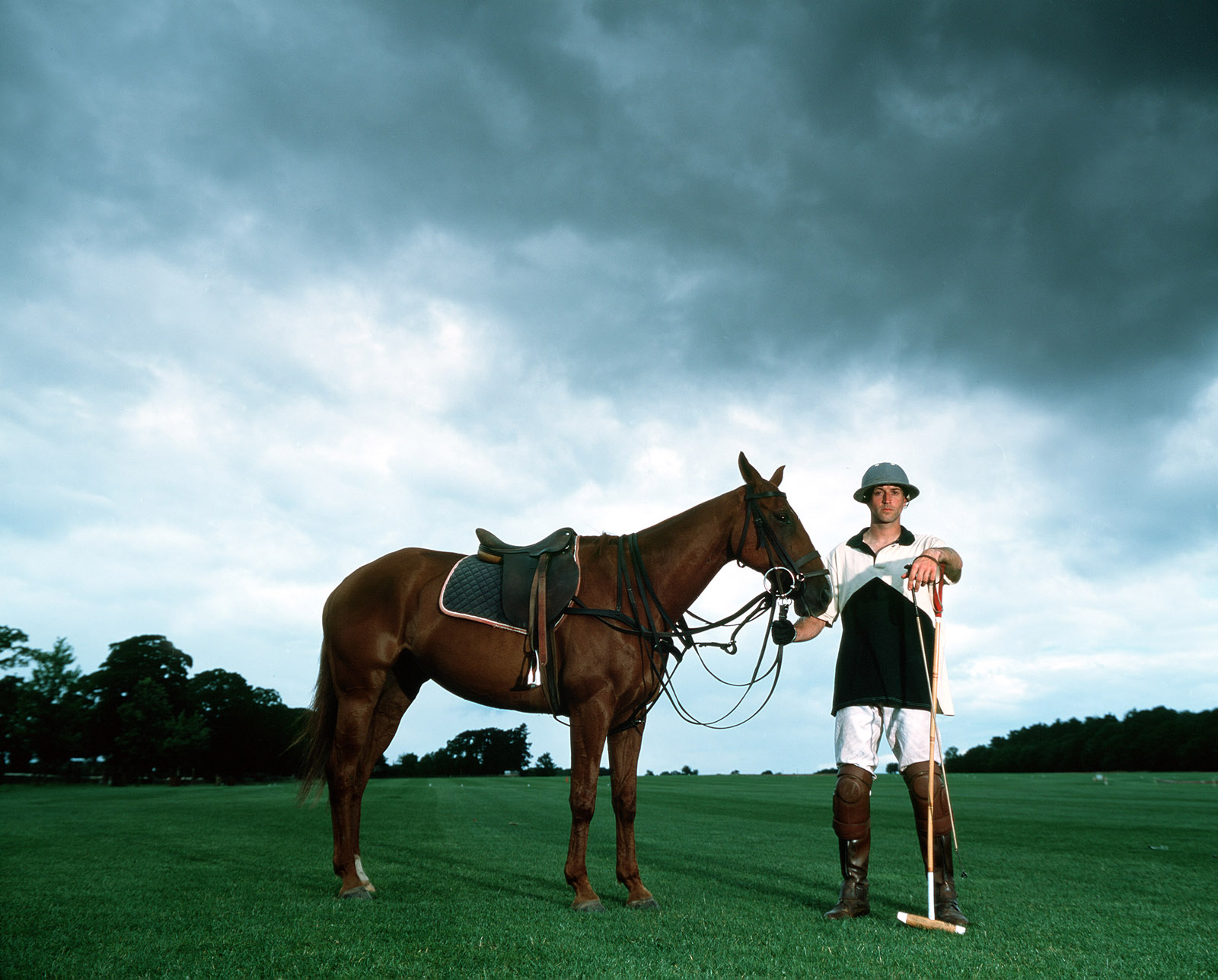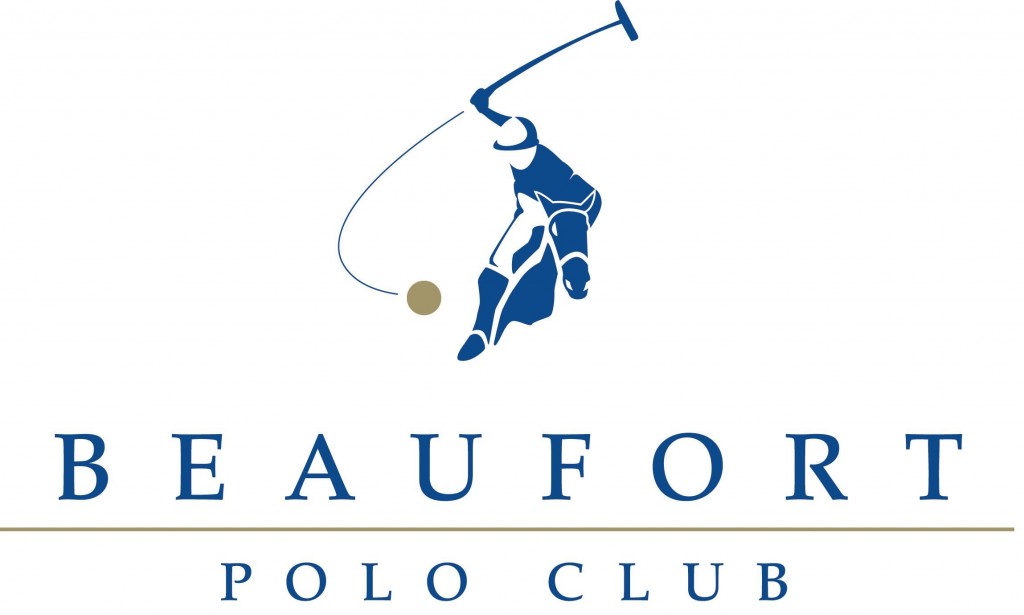[vc_row][vc_column][/vc_column][/vc_row][vc_row][vc_column][icon_timeline timeline_line_style=”solid” tl_animation=”tl-animation-slide-out”][icon_timeline_sep time_sep_title=”The Beginning of the Beaufort”][icon_timeline_feat time_title=”1872″]The original Club was inaugurated by Colonel Frank Henry as the Hunt Polo Club. Henry had been responsible for bringing the sport to England and had taken part in the historic 9th Lancers v 10th Hussars match – the first polo game held in England. The Club’s ground was laid on the Westonbirt Estate between the Hare Covert and Elmstree House. Diaries kept by Henry give accounts of the sometimes six and five-a-side games that were played during these early days and the names of the hunting men who participated.[/icon_timeline_feat][icon_timeline_item time_title=”1929″]Club is reformed and relocated to to a levelled ground between Malmesbury and Hullavington on the late Colonel W.W Turnor’s Pinckney Estate. The Club was renamed in honour of its first president; the Duke of Beaufort. It opened on the 13th of April 1929 and from the outset attracted players and spectators from far and wide. The opening of the 1930 season was particularly memorable with the visit of the Australian Polo team and the selection and trials of the British International side. It seemed the right time to erect a Grandstand and extend the spring and autumn tournaments by two weeks to accommodate demand. Whilst no polo was played throughout 1931 and 1932, 1933 heralded the arrival of the Maharajah of Jaipur bringing his team to England[/icon_timeline_item][icon_timeline_item time_title=”1936″]In 1936 Beaufort continued to welcome some of the finest horse and players in the world, including Robert and Philip Ashton from Australia; Cecil Smith (acknowledged to be one of the finest polo players in the world); The Hon. W.K Rous’s ‘The Jaguars Team’, which featured Gerald Balding and Rao Rajah Hanut Singh who brought 16 ponies for himself and the Maharajah.[/icon_timeline_item][icon_timeline_item time_title=”1939″]Unfortunately, with the outbreak of the Second World War signalled the end to polo in England, with Beaufort, like many other Clubs, not re-opening following the end to the hostilities.[/icon_timeline_item][icon_timeline_sep time_sep_title=”A New Era” time_sep_color=”#ffffff”][icon_timeline_feat time_title=”1989″ title_font_size=”14″]Claire & Simon Tomlinson revive the Beaufort Polo Club with the objective of providing first class facilities for polo at all levels and to encourage young players.[/icon_timeline_feat][icon_timeline_item time_title=”1994″]The Club raises £24,000 in aid of SSAFA, The National Armed Forces Charity and begins their regular contribution of using polo to highlight causes and raise money for foundations[/icon_timeline_item][icon_timeline_item time_title=”1995″]The Clubhouse is completed. Designed by the late Peter Falconer who also remodelled Highgrove, the building is opened by HRH The Prince of Wales on May 13th. All of those who helped build the Clubhouse are presented with a beer tankard [/icon_timeline_item][icon_timeline_item time_title=”2001″]Foot and mouth crisis hits close to Beaufort, meaning all the cattle having be moved off site. As a result, 150 stables are made available to members and visiting players
[/icon_timeline_item][icon_timeline_item time_title=”2001″]Foot and mouth crisis hits close to Beaufort, meaning all the cattle having be moved off site. As a result, 150 stables are made available to members and visiting players
 [/icon_timeline_item][icon_timeline_item time_title=”2001″]Foot and mouth crisis hits close to Beaufort, meaning all the cattle having be moved off site. As a result, 150 stables are made available to members and visiting players
[/icon_timeline_item][icon_timeline_item time_title=”2001″]Foot and mouth crisis hits close to Beaufort, meaning all the cattle having be moved off site. As a result, 150 stables are made available to members and visiting players
www.beaufortpoloclub.co.uk is created[/icon_timeline_item][icon_timeline_item time_title=”2003″] [/icon_timeline_item][/icon_timeline][/vc_column][/vc_row]
[/icon_timeline_item][/icon_timeline][/vc_column][/vc_row]
